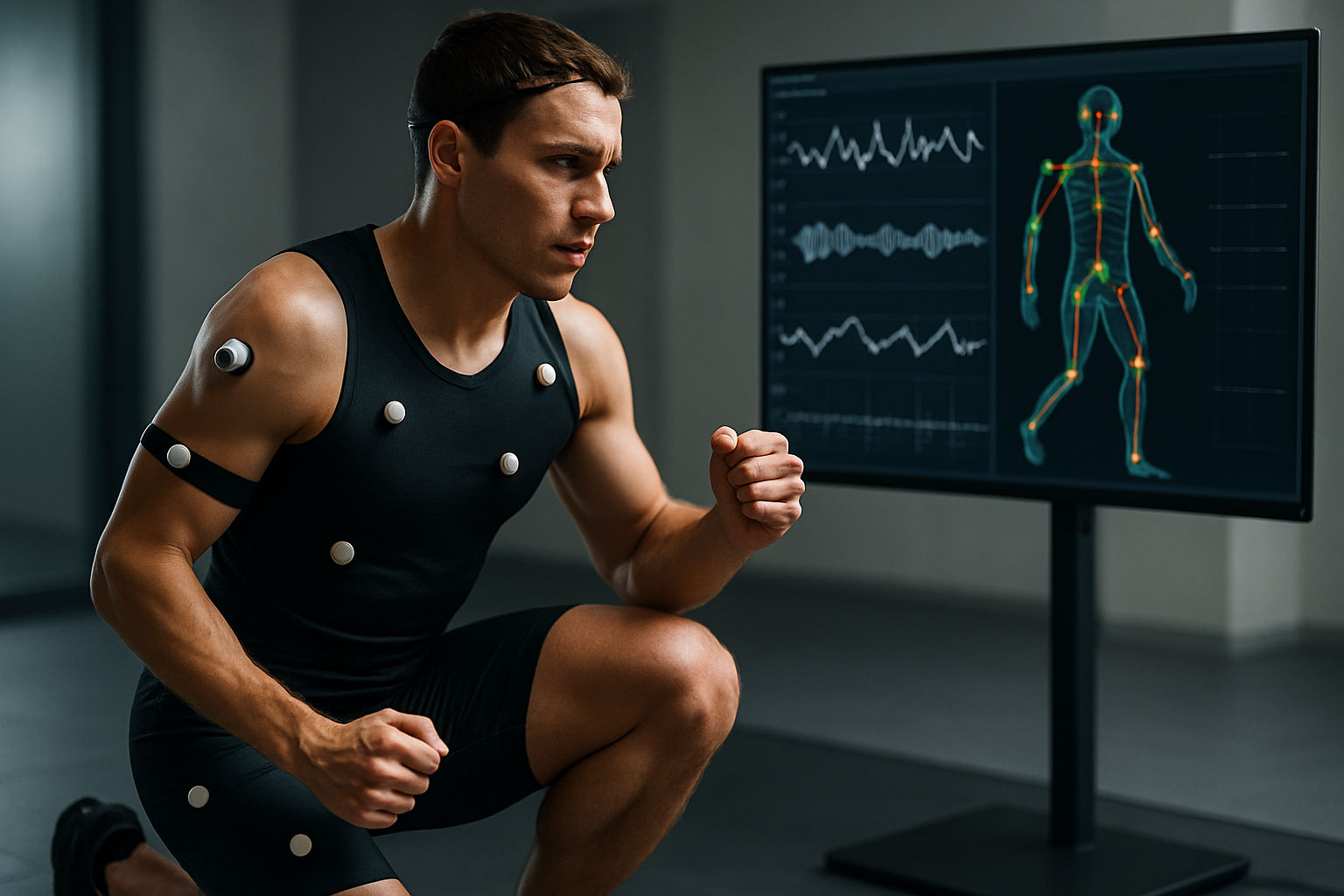Bioceramic Clothing: The Future of Fitness Wear
In the ever-evolving world of fitness and wellness, a groundbreaking innovation is taking the industry by storm: bioceramic clothing. This revolutionary textile technology combines the ancient wisdom of ceramic therapy with cutting-edge fabric engineering, promising to transform how we approach exercise and recovery. Bioceramic clothing integrates microscopic ceramic particles into fabric fibers, creating garments that interact with the body's natural energy field. As athletes and fitness enthusiasts seek new ways to optimize their performance and recovery, bioceramic clothing emerges as a potential game-changer, offering benefits that extend far beyond traditional workout gear.

Modern scientific research has begun to validate these claims, with studies showing promising results in areas such as pain reduction, improved muscle recovery, and enhanced athletic performance. The key lies in the specific composition of the ceramic particles, which typically include materials like titanium dioxide, aluminum oxide, and magnesium oxide. These minerals are chosen for their ability to efficiently absorb and emit FIR waves within the optimal therapeutic range.
Manufacturing Process and Technological Advancements
The production of bioceramic clothing involves a complex process that begins with the creation of ceramic-infused fibers. Manufacturers use various methods to incorporate ceramic particles into the fabric, including embedding them directly into the yarn or applying them as a coating to finished textiles. Recent advancements in nanotechnology have allowed for even more precise integration of ceramic particles, ensuring a more uniform distribution and enhanced effectiveness.
One of the most significant challenges in developing bioceramic clothing has been maintaining the fabric’s flexibility and comfort while maximizing its therapeutic properties. Innovations in textile engineering have led to the creation of lightweight, breathable materials that retain their bioceramic benefits without compromising on wearability. This breakthrough has opened up new possibilities for incorporating the technology into a wide range of fitness and everyday wear.
Performance Benefits for Athletes and Fitness Enthusiasts
The potential performance benefits of bioceramic clothing have caught the attention of elite athletes and fitness enthusiasts alike. Many users report experiencing improved endurance, faster recovery times, and reduced muscle soreness when wearing these garments during and after workouts. The increased blood flow and enhanced oxygenation of tissues are thought to contribute to better overall performance and reduced risk of injury.
Some studies have suggested that bioceramic clothing may also help regulate body temperature during exercise, potentially leading to more efficient thermoregulation and improved comfort during intense workouts. This could be particularly beneficial for endurance athletes or those training in challenging environmental conditions.
Recovery and Wellness Applications
Beyond its potential performance-enhancing effects, bioceramic clothing is gaining recognition for its recovery and wellness applications. Many users wear bioceramic garments as part of their post-workout routine or during rest periods to accelerate muscle recovery and reduce inflammation. The gentle, consistent FIR therapy provided by these garments is believed to promote healing and alleviate muscle tension without the need for additional equipment or treatments.
In the broader wellness context, bioceramic clothing is being explored for its potential to improve sleep quality, reduce stress, and enhance overall well-being. Some manufacturers have developed specialized sleepwear and loungewear that incorporate bioceramic technology, aiming to provide therapeutic benefits even during periods of rest and relaxation.
Market Trends and Consumer Adoption
The bioceramic clothing market is experiencing rapid growth as more consumers become aware of its potential benefits. Major sportswear brands have begun incorporating bioceramic technology into their product lines, while specialized companies focus exclusively on developing and refining bioceramic textiles. This increased competition is driving innovation and helping to make the technology more accessible to a wider range of consumers.
As with any emerging technology, consumer education plays a crucial role in the adoption of bioceramic clothing. Many potential users are still unfamiliar with the concept and its purported benefits, leading to a need for clear, science-based marketing and informational campaigns. Industry experts predict that as more research is conducted and word-of-mouth spreads, bioceramic clothing could become a staple in the fitness and wellness wardrobe of the future.
Challenges and Future Directions
While the potential of bioceramic clothing is exciting, the technology is not without its challenges. Durability and wash resistance remain concerns, as the effectiveness of the ceramic particles may diminish over time with repeated use and laundering. Manufacturers are working to develop more resilient formulations and application methods to address these issues.
Another area of focus is the development of more targeted bioceramic garments designed to address specific health concerns or performance goals. This could include compression wear with enhanced bioceramic properties for injury prevention and recovery, or specialized undergarments that provide localized FIR therapy to problem areas.
As research in this field continues to advance, we can expect to see even more innovative applications of bioceramic technology in fitness and wellness. From smart fabrics that adapt to the wearer’s needs in real-time to integrated biometric sensors that provide personalized feedback, the future of bioceramic clothing holds immense potential for revolutionizing how we approach physical activity and overall health.
In conclusion, bioceramic clothing represents a fascinating convergence of ancient wisdom and modern technology in the pursuit of enhanced fitness and wellness. As this innovative textile continues to evolve and gain mainstream acceptance, it has the potential to reshape our understanding of performance wear and recovery tools, offering a new frontier in the quest for optimal health and athletic achievement.





